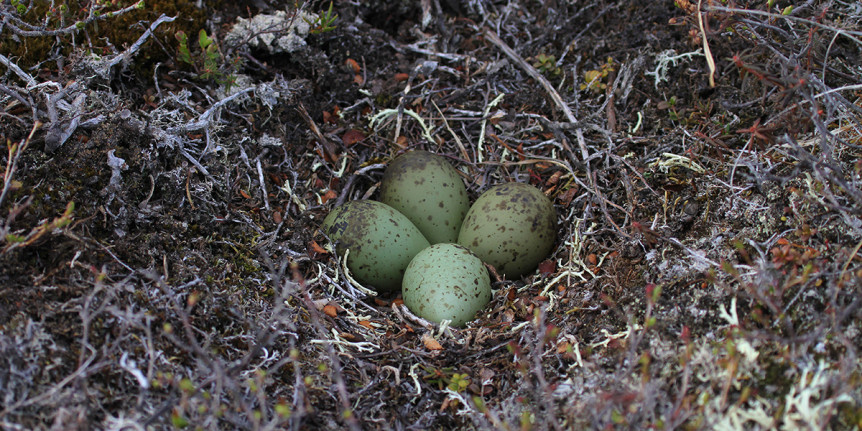Results Chains
The implementation section of the business plan addresses the most serious human induced threats affecting species and their habitats along the Atlantic Flyway. For each strategy, one or more actions are outlined with corresponding SMART objectives. Together, the implementation of the strategies, actions and objectives will lead to achieving the goal of increasing shorebird populations by 10-15% over the next decade. Activities were further prioritized into Tier I, II and III–only Tier 1 and II actions are presented in the implementation plan.
Download the results chains:
- Development (with key)
- Coastal Engineering
- Disturbance
- Hunting
- Incompatible Management
- Invasive Species
- Predation
Western Hemisphere Shorebird Reserve Network Site Map
» View the Western Hemisphere Shorebird Reserve Network Site Map
Publications
Best Management Practices
» Guidance and Best Practices for Addressing Human Disturbance to Shorebirds at Fall Migratory Stopover Sites
Webinars
Coordinated Shorebird Predation Management – Camera Guidance
Coordinated Shorebird Predation Management – Triggers & Monitoring
Outreach Materials
» Addressing Human Disturbance Resources
» Shorebird Outreach Material Searchable Database
» Submit your Outreach Materials to be included in database.
» Atlantic Coast Piping Plover Strategic Communications Plan: Reducing Human Disturbance
» Human Disturbance Reduction Toolkit
Virginia Tech, Audubon, Manomet, and USFWS developed an online, accessible toolkit to highlight the best practices, case studies, and lessons learned from the transdisciplinary human disturbance project. The goal of the toolkit is to provide managers, practitioners, and conservation professionals with the resources, knowledge, and expertise to tackle human disturbance head-on through empirically tested social science methods. Discover more about community-based social marketing and behavior change strategies, tips for getting started, and downloadable resources, protocols, templates, graphics, and more to address human disturbance challenges at your site. Explore the toolkit!

